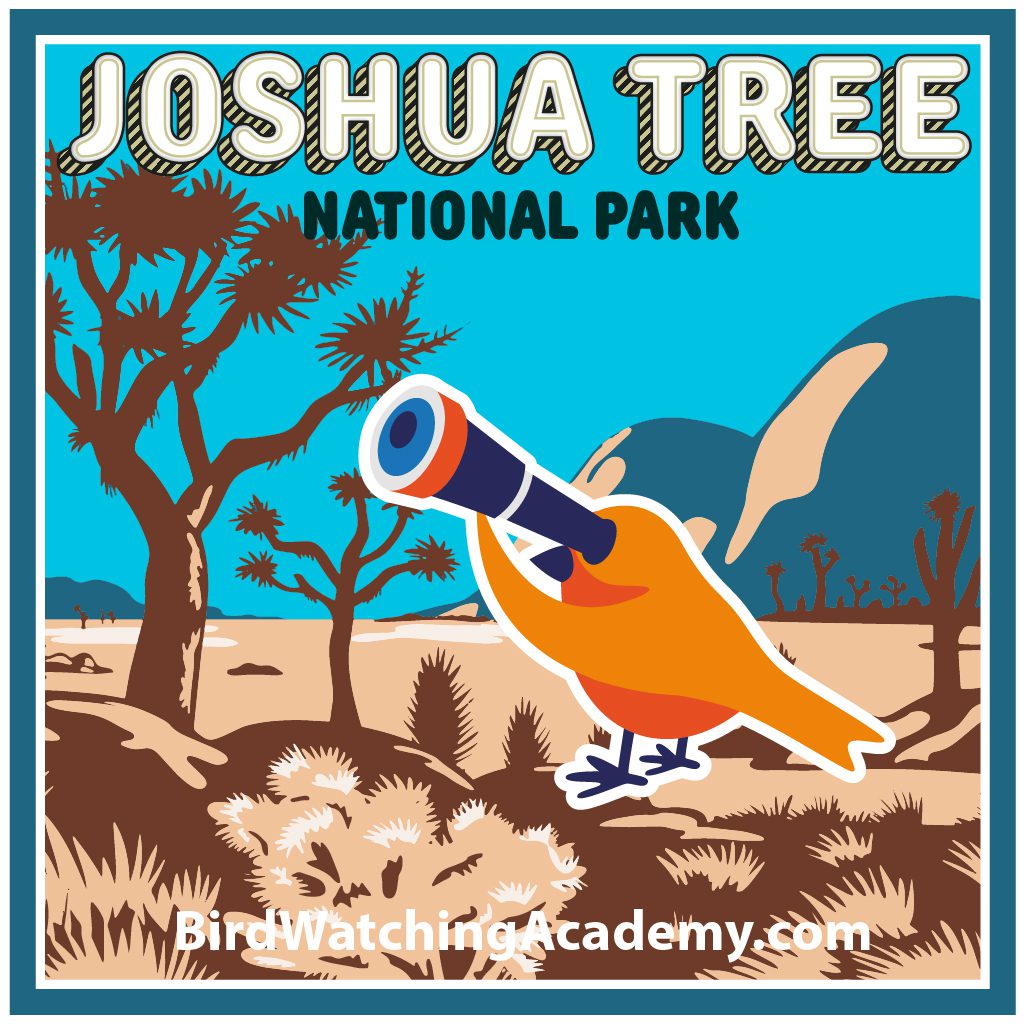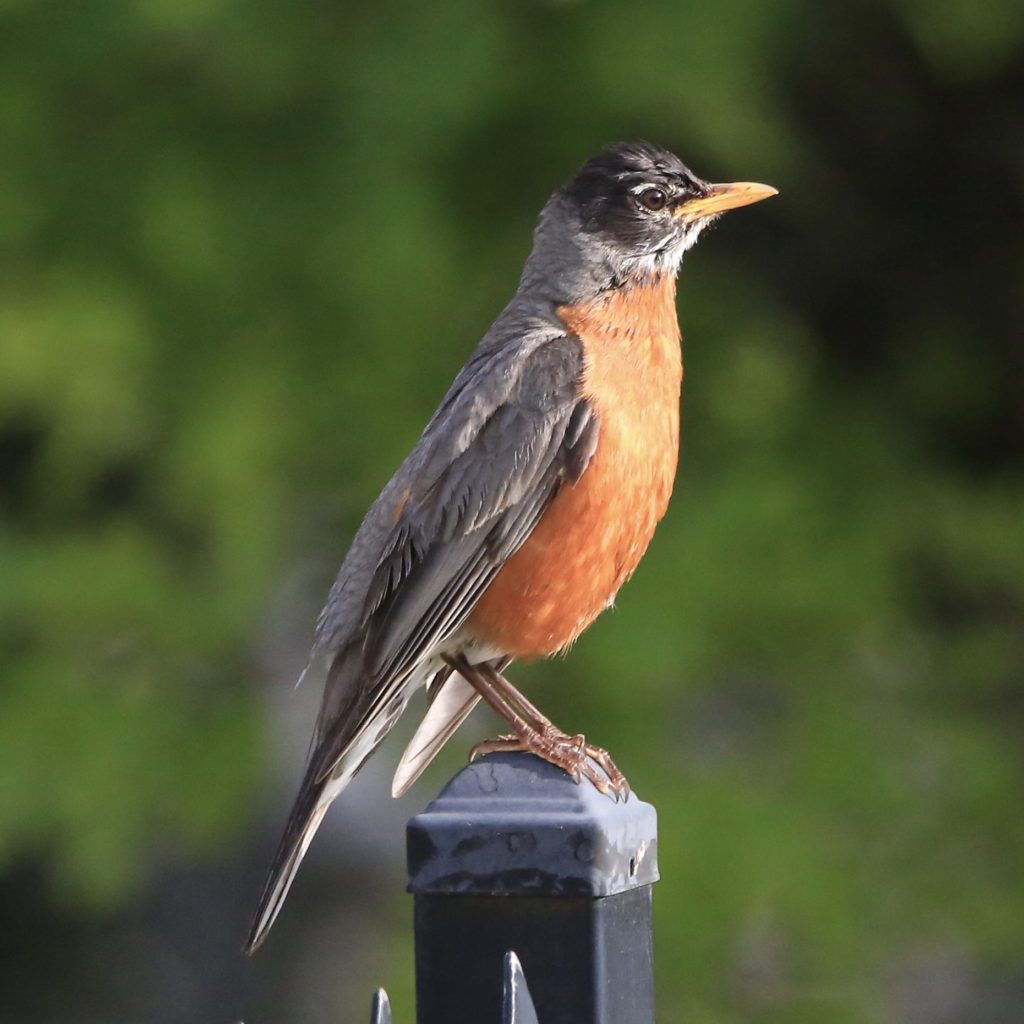
Bird Watching at Joshua Tree National Park
Share
Joshua Tree National Park covers both Riverside County and San Bernardino County. The park is about 790,636 acres to the southeast of California. It is located to the east of Los Angeles and startlingly close to Palm Springs. The name of the park is dedicated to Joshua trees, which are Mojave Desert’s indigenous trees. Two desserts included in the park are the lower Colorado Desert and the Mojave desert.
Major Attractions at Joshua Tree National Park
Joshua Trees National Park is often described as a place that feels like it belongs in children’s storybooks. It is an excellent park to visit with your family. We can start with the Hidden Valley Nature Trail, which is a one-mile looping trail. This scenic trail begins with large rock walls surrounding the place and ends in an area with trees. A lot of people enjoy driving to Keys View. At 5000 feet elevation, one can look at the Salton Sea, Palm Springs, and the San Andreas fault line from there. On a clear day, you can even see Mexico.
Lots of people come to Joshua Tree National Park to camp. Since rocks surround you on all four sides, one can only describe the camping experience as unique. Therefore, it is recommended to camp here once in spring and fall. For those in love with nature, one can never forget the Cholla Cactus Garden, where for miles, all you can look at is the Cholla cactus.
GET KIDS BIRD WATCHING
Bird Watching at Joshua Tree National Park
If 800 species are recorded in the United States, California has at least visits from 710 of them. So a considerable chunk of them can be seen in this national park which mainly consists of desert areas.
Throughout the year, you have the chance of coming across Phainopepla, Cactus Wren, Gambel’s Quail, LeConte’s Thrasher, and Mourning Dove. The bird of prey residents includes American Kestrel and Prairie Falcon.
In the winter season, you might be greeted by Dark-eyed Junco, American Robin, and White-crowned Sparrow. Until March, these wintering birds refuse to leave the park. Then, during spring and summer, the area would be frequented by Bendire’s Thrasher, Western Bluebird, and Western Kingbird, among many others.
During the migration season, the colorful Warbler species pass over Joshua Tree National Park. Some notable species are the Nashville Warbler, Yellow-rumped Warbler, Black-throated Gray Warbler, Lazuli Bunting, and Western Tanager. A wild but occasional sight is when over 200 Turkey Vultures are spotted on the Oasis of Mara in time of spring migration. Shorebirds also make their way into the park, though it is an extremely rare occurrence. Still, spotting an Eared Grebe should not surprise you much.
10 Birds to See at Joshua Tree National Park
Mourning Dove
Mourning Doves are a graceful brownish pink bird with a small head and tail. They live throughout North America. Their population is steady with some slight increases recently. They live in open woods, farms, and towns. They perch on telephone wires or other high locations. Their flight is fast and straight. They eat mainly seeds and other plants. These birds lay 2 eggs at a time but will do this 5 or 6 times a year. They do this more than any other bird. Mourning Doves migrate south in the winter, usually in flocks.
American Kestrel
American Kestrels are very colorful. They have a blue-gray head, with rusty-red wings, back, and tail. They live throughout North America. Their population in the north has declined by a small amount, but everywhere else their population is steady. They make their homes in open country, farmlands, and wood edges. American Kestrels are the smallest falcon in North America. They can be found on wires or poles hunting for food. These birds mostly eat large insects and some small mammals. They lay 4 to 6 eggs and build their nests in dead trees, cliffs, or dirt banks. American Kestrels found in the north migrate to the south; all others are permanent residents.
Dark-eyed Junco
Dark-eyed Juncos have a gray-brown body with bright white tail feathers. You can find them throughout North America. They are abundant and widespread with no risk to their population. Dark-eyed Juncos make their homes in open or partially wooded areas. They have a twittering call and a trilling song. These birds eat insects and seeds. They lay 3 to 5 eggs and build their nests on the ground, hidden under branches or rocks. Dark-eyed Juncos are migratory birds; however, those already residing in the south are permanent residents.
American Robin
American Robins have a round orange chest and gray-brown feathers. They live across North America. Their population is widespread and abundant. Their habitat is in cities, lawns, and forests. They lay about 4 eggs and sometimes up to 7. The eggs they lay are a pale blue color and is often referred to as “robin’s-egg blue”. They enjoy eating earthworms right out of the ground in the morning and fruit in the afternoon. American Robins migrate in flocks during the day.
White-crowned Sparrow
White-crowned Sparrows are a gray bird with black and white stripes on their head and a yellow bill. They live throughout North America. Their population is widespread and common. They make their homes in forest edges, thickets, gardens, and parks. White-crowned Sparrows are a winter bird found in fields and along roadsides. They can be found on the ground looking for insects to eat. White-crowned Sparrows along the Pacific Coast are permanent residents. The ones from the north and mountain regions migrate south.









































































